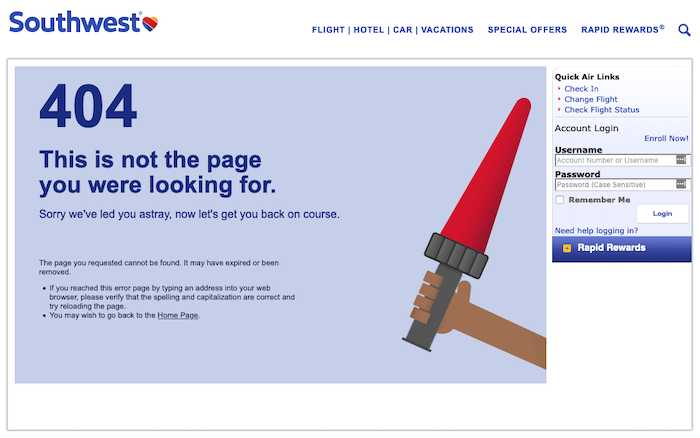
When you see 404 errors, what does it mean? In some cases, these errors are harmless, indicating that the page is no longer there. On the other hand, they are also a sign that the content on a site has been deleted. This means that the page is no longer available, which tells both Google and human visitors that the content has been removed. There are many ways to fix these errors, but the first thing you need to do is get an error checker.
If you’re unsure of what a 404 error is, you can use Google’s Search Console to determine where the broken links are. The search box will show you the total number of 404 errors on a website, as well as the corresponding status codes. In addition to providing an error count, this tool also lets you control the depth of the site check. This is particularly useful for large websites with many broken links and external 404 issues, or for site operators who want to check one specific section of a site at a time.
One of the biggest problems with 404 errors is that many websites have custom 404 pages. This makes them hard to detect, but if you type in the 404 page manually, it can sometimes be a momentary glitch. In such cases, you should double-check the URL, refresh the webpage, or use a search engine to find a solution. Once you’ve checked the URL, you should be able to access the page again.